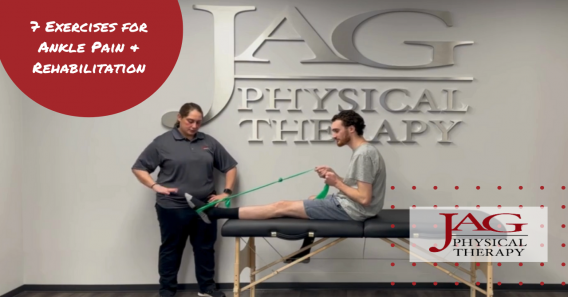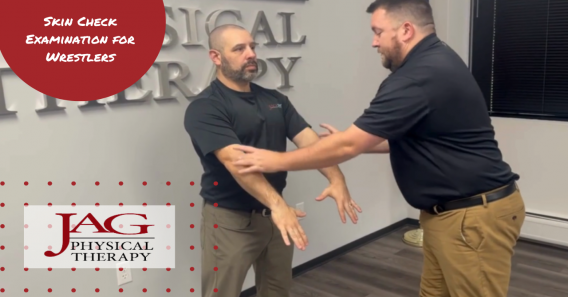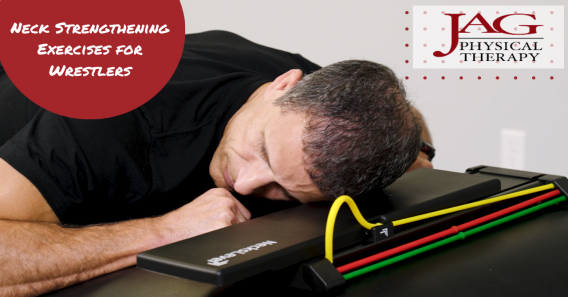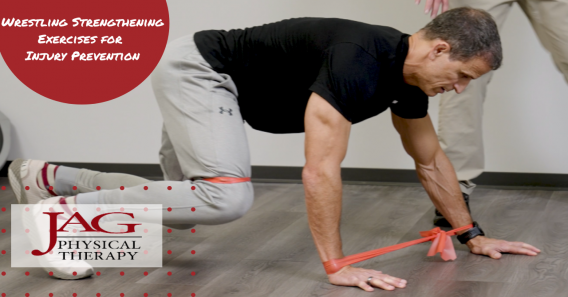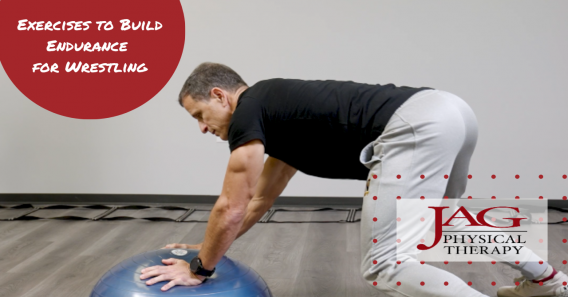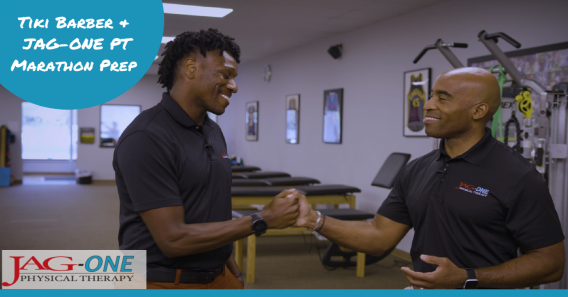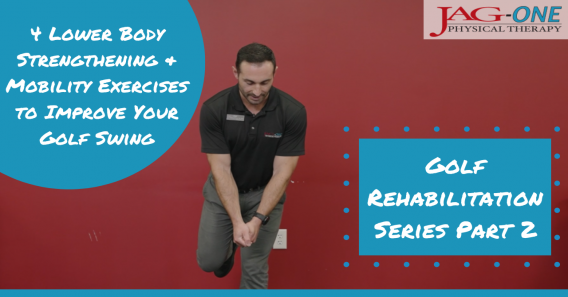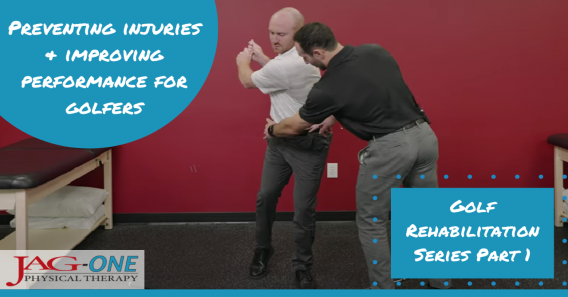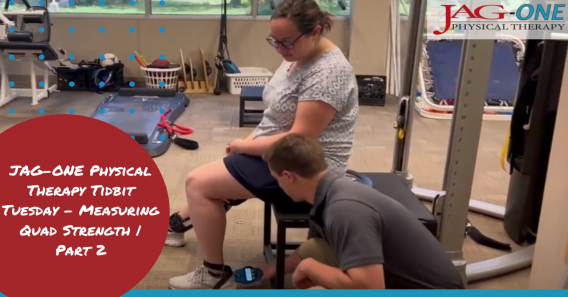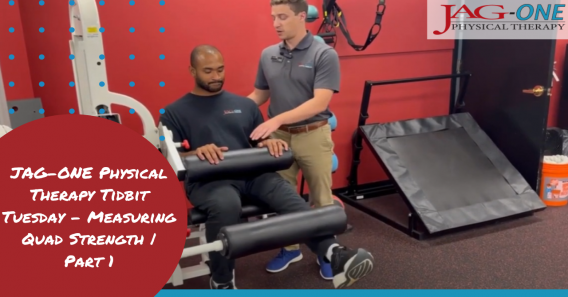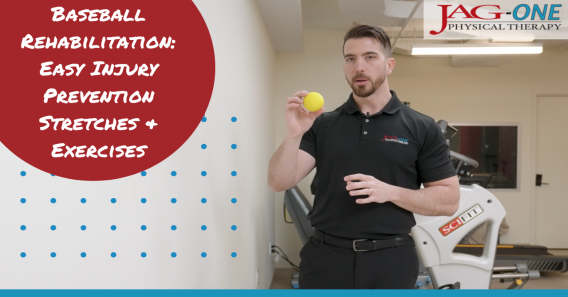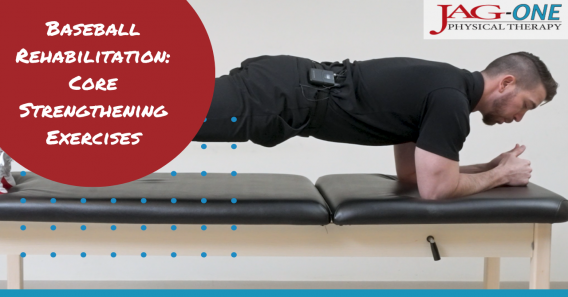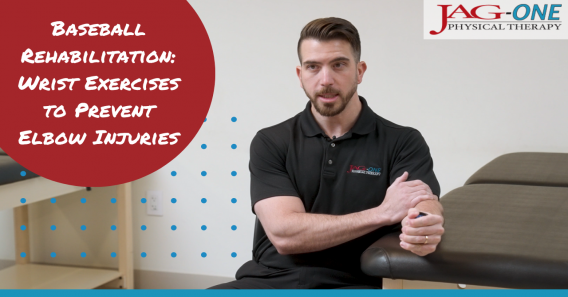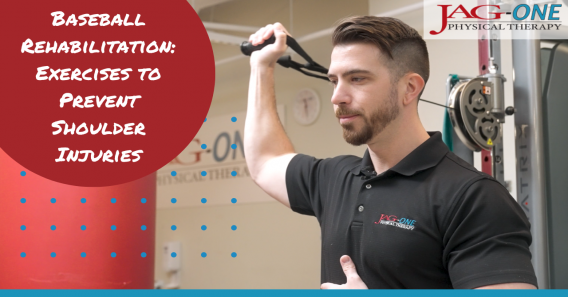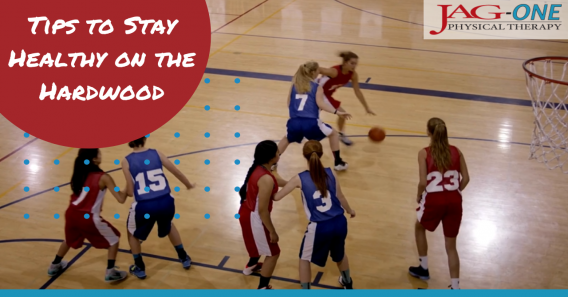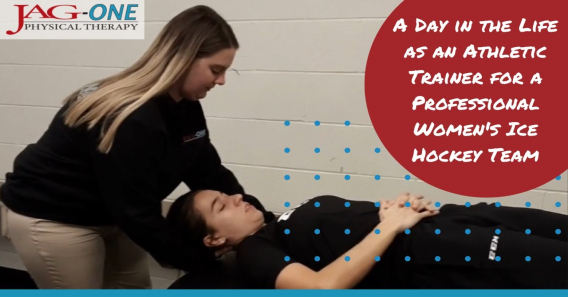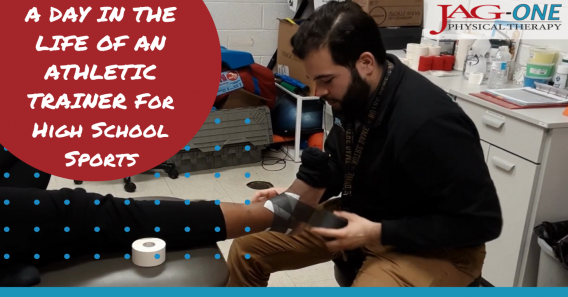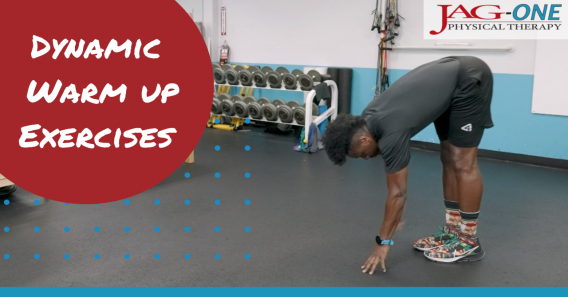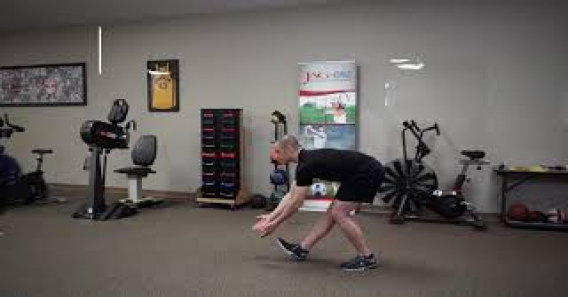As spring approaches and the weather gets milder in places like the Northeastern US, athletes at every level are excited for a new sports season. You may be eager to get back into action with your team and not thinking about much except for your first game of the spring. Keep in mind, though, that taking some time and effort before the season to get physically ready will give you a much better spring athletics experience. In fact, you can train more without pain and exhaustion and have less likelihood of injury if you put the effort in before the season officially begins.
At JAG Physical Therapy, we are equally as passionate about helping New York, New Jersey, and Pennsylvania athletes stay healthy as you are about your chosen sport. We provide both individual treatment and advice for players and top-class athletic training services for teams. Contact us now or schedule your appointment today ahead of the spring athletic season or see more below on spring sports training tips.
What Are the Best Exercises to Prepare for Spring Sports?
The world of spring sports at the recreational, school, or college level is vast. While each sport has its own specific methods and challenges, there are physical factors that are common to most if not all spring athletics. Outdoor sports demand strength and explosive movement ability, and flexibility and endurance are necessary for injury prevention, especially on a grass surface.
These categories of exercises should be used in a balanced way as part of safe spring sports preparation. You should manage your time, splitting it evenly between each type unless a physical therapist or other professional advises you differently. Above all, avoid overtraining and you will ward off one common cause of injury.
- Squats and Lunges: These two foundational exercises are beneficial because they work the lower body in two ways. That is to say, they contribute to both strength and flexibility in the legs and hips, letting you move more powerfully and accelerate faster. Squats and lunges are great for a slow build in training intensity because both have many variants that make the exercise harder or affect additional muscles.
- Core Exercises: No matter how strong your arms and legs are, exerting that strength is going to depend on torso movement. Therefore, core exercises such as Russian twists, planks, sit-ups, and all of their more challenging variations should be a big part of your spring sports routine. Moreover, a strong core contributes to good balance and posture and can ward off injury in other ways.
- Dynamic Stretching: Dynamic stretching exercises are those that use small-scale repetitive movement to build up range of motion. For example, upper body dynamic stretches include arm circles, while ones for the lower body include high knees. If you are a spring sport athlete, consistent dynamic stretching will be the primary way you stave off muscular and joint stiffness. However, greater range of motion also improves performance by allowing for higher explosivity.
- Cardiovascular Conditioning: Cardio is definitely important year-round. However, spring sports can have the longest practices and even longer games, due to the extended daylight hours in ideal weather. That means that good circulation and breathing are doubly essential in order to keep up without risking injury. In spring, your best bet is obvious but reliable: Outdoor running and cycling intervals.
How Can Flexibility and Mobility Training Help Athletes Prepare for Spring Sports?
Building flexibility and mobility before the spring sports season begins serves a dual purpose. It means more agility on the field or court, but also decreases the likelihood of a muscle strain. The joints’ range of motion is essential for both of these goals. A more flexible tennis player can better reach to save a point, for example, and a soccer player with greater hip mobility will be better at skillful moves such as the nutmeg.
As part of your spring sports warm-up routine, stretches and mobility drills to use for your lower body include hip openers, jump squats, hamstring and calf extensions, and butterfly stretches. Meanwhile, for the upper body, use shoulder circles, deltoid stretches, thoracic rotations, and neck range-of-motion stretches.
Why Is Injury Prevention Important When Preparing for Spring Sports?
Some injuries can’t be avoided – if you take a hard hit or a bad fall, there’s the possibility you’ll be hurt and will have to miss practice and games. In those cases, physical therapy can speed up rehabilitation. Nevertheless, in a lot of situations, an injury occurs that could have been prevented by thinking ahead and warming up effectively. For example, a football player might strain their hamstring in the aftermath of a tackle because the muscle was shortened and inflexible. A properly stretched hamstring might have been uninjured in this situation.
Besides injuries resulting from impacts, you should also be cautious about overuse injuries. There are few things more frustrating than sitting out for a game because you pushed too hard during practice. Gradually increasing your level of training, both in terms of time spent and intensity of exercise, is the best way to keep from overdoing it and getting hurt. Given the rigorous demands of spring sports practice, working up to the level you need means starting early. If you ever notice pain, stiffness, inflammation, or any of the other early symptoms of a musculoskeletal injury, taking the time to assess it can make a big difference in healing – panicking about the situation and ignoring it are both counterproductive.
What Are the Best Warm-Up and Cool-Down Routines for Spring Sports Athletes?
Warming up and cooling down are two sides of the same coin in athletics. Warm-ups get more attention because they have a more obvious and immediate effect on performance and play a role in injury prevention in actual game situations. But cool-downs are also necessary to combat soreness and other forms of discomfort, preventing the aftereffects of exertion from affecting later sports activities and your daily routine.
There are also a number of movements that are shared between warm-ups and cool-downs, but these two procedures should emphasize different modes of exercise. When you’re warming up, dynamic stretching will probably take up much of your routine, as you gradually get your muscle groups limber enough for the specific motions you use in your sport. Light cardio, including jogging and calisthenics, is meant to let you take all-out movements from the first whistle. The final piece is sport-specific drills such as serpentine running in soccer and swing practice in tennis.
Cool-downs, on the other hand, are your chance to actively start your body’s recovery process. Pay attention to your breathing and regulate it. Take deep breaths but try not to hyperventilate, which can lead to tingling and cramps from hypocapnia (lack of carbon dioxide). Transition from dynamic stretches to static ones, such as the yoga-derived child’s pose or toe touches, making sure to gently but thoroughly stretch all of your limbs, your hips and shoulders, and your back. If you want to stay in motion, you should jog considerably more lightly than you did in warm-ups. And if you’re currently dealing with an injury or recently returned to playing sports after rehabilitation, the best warm-up and cool-down routine for you is one that your physical therapist recommends.
Get Ready for the Spring Sports Season with JAG Physical Therapy
With the spring sports season imminent, you’ll want to ensure you’re fully prepared to perform your best, lessen your chance of injury, and get the most enjoyment out of your matches. At JAG PT, each of our patients receives an injury prevention and conditioning plan that’s tailored to your needs and your chosen sport. Book an appointment now and get started on the path to your best spring athletic season ever.



























